Change Begins with You: How to Restore Health
Ali Segersten Oct 16, 2024 1 comment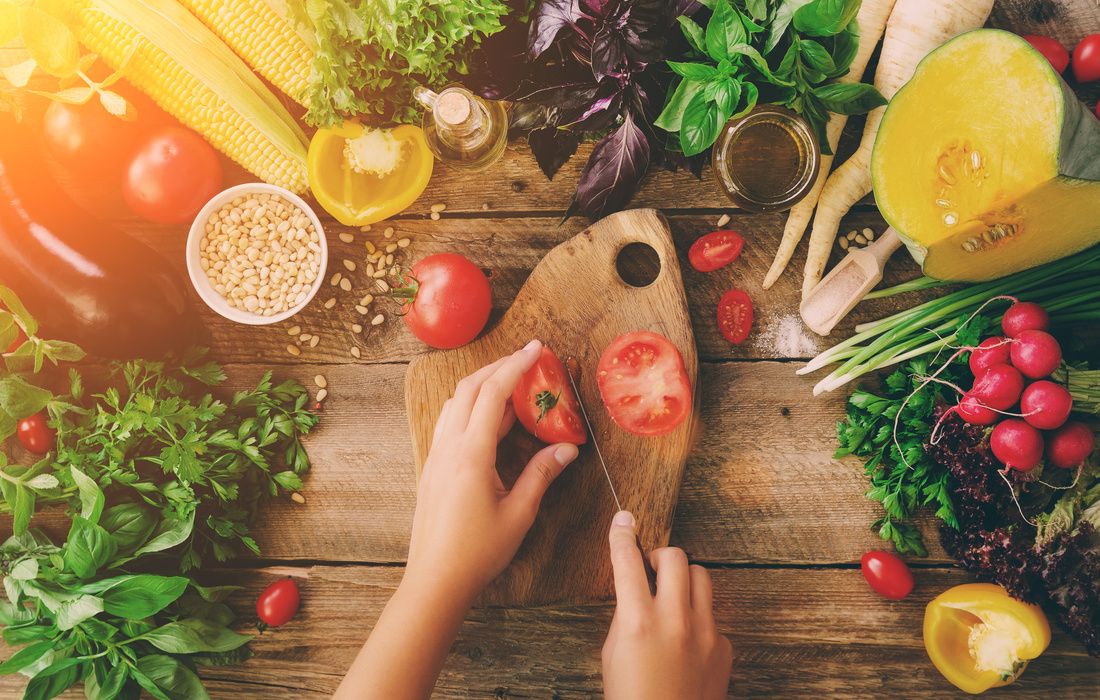
Yesterday evening, I taught another live cooking class on the anti-inflammatory diet, and as always, it was an incredible experience to connect with so many people in person. It’s inspiring to witness the motivation and commitment in the room as individuals step forward to reclaim their health through food.
Whether someone is just beginning their journey or has been fine-tuning their diet for years, the process of making dietary shifts is both deeply personal and transformative. These classes remind me that healing isn’t just about learning new recipes—it’s about stepping into a new way of being, one that aligns with the health, energy, and vitality we all seek.
But making these changes isn't always easy. Letting go of familiar foods and habits can feel like shedding an old identity, especially when certain foods have been a daily part of life for years—or even decades.
How do I make the shift into a new level of health and well-being?
It starts with a single step towards restoring health. Every time you take a new step towards your future self and the resolution of your health condition, you are in the process of restoring your inherent well-being. This is a process called stacking, where change happens slowly and sustainably.
It is easy to get overwhelmed and not begin at all. You don’t have to have the perfect diet or get anything right. Just begin with a single step. This sets into motion an entire new reality that you may not fully see for weeks or months to come. Every time you add an additional step you are confirming to yourself that you are worthy of the health and well-being that is your birthright.
This may look like choosing to add a colorful smoothie each day to your diet as an afternoon snack.
It may look like shifting your breakfast to be high in protein, fiber, and healthy fats instead of refined carbohydrates and sugar.
This also looks like cutting out alcohol from your diet or drastically reducing consumption.
This also may be skipping meals and practicing fasting to train your body to easily be able to shift back and forth from fat burning to carbohydrate burning, with occasional longer periods of fasting to stimulate a process called autophagy, which helps to create an environment where your body heals itself (those with low-cortisol need to be cautious with fasting).
Or it could be adding in a serving of fermented vegetables daily or removing all but one cup of a caffeinated beverage daily.
This may look like consuming an avocado, a handful of radishes, leftover cooked chicken, and a handful of walnuts as a “fast food” lunch instead of going through your favorite fast-food drive-through.
This also could look like adding more whole foods into your evening meals such as cabbage, black beans, winter squash, salmon, nuts, seeds, berries, black rice, and extra virgin olive oil.
Each and every food you consume informs your body on how to function. For example, plant foods high in phytonutrients and fibers feed beneficial gut bacteria. The bacteria then produce metabolites that help form a healthy intestinal barrier, as well as enter systemic circulation interacting with our genes affecting genetic expression. This continuous crosstalk between our environment (food, air, water, and thoughts) and our genes is what is creating a new you each and every day.
If you have been experiencing the same symptoms, consuming the same foods, and repeating the same lifestyle patterns for most of your life, then you don’t yet have the contrast to know what it feels like to not have these symptoms. Allowing yourself to feel all of the painful symptoms you are experiencing can sometimes be overwhelming at first, especially if you have been out of balance for some time. This is where self-love and compassion come in.
This is the inflection point that can be the greatest catalyst for change and growth.
The next step is to change your diet. It is to remove the foods that may be keeping you stuck in a pattern of unwellness. It is about adding in nutrient-dense foods (and supplements if needed) daily to restore balance—to restore nourishment.
During this process of forming new habits, you can use the process of mindfulness to bring conscious awareness to how you are feeling. When you begin to feel different after a certain period of time on a new diet, and you then reintroduce a food you used to eat, you’ll feel the aches, the joint pain, the low energy, the brain fog, and the gut disturbances right away.
Holding this new feeling—this new reality—in your body helps you to choose the foods and lifestyle practices to keep you in alignment with this new state of health. Every time you want to fall back into an old habit and consume the foods that trigger your symptoms, all you need to do is remember what it feels like to be in that new state of health. Crave the feeling of feeling good, instead of the food or foods that are keeping you sick and stuck.
There is no perfection in diet, only mindfulness. It is the moment-to-moment awareness of what you are feeling and making course corrections each and every day.
To know thyself. This is the medicine.
Animals in the wild don’t have textbooks on nutrition and biochemistry. They know how to eat because of instinct. They constantly make course corrections each and every day based on the nutrients they need and what they have been eating too much of.
All diets have purpose. They are starting points to help you remove unwanted symptoms and allow for healing to take place. However, a diet is not an end-all-be-all medicine that needs to be followed strictly for life. The real medicine is your own conscious awareness in how you are feeling. This is connection to your own higher-self and your own inner wisdom. It is free, and it is gold.
🌿 How do I start?
1. Start Simply: The Clean Eating Diet
If you are consuming a typical diet with processed foods, regularly eating out, and consuming sugar daily, then begin by shifting into eating a Clean Eating Diet. This is a basic whole foods diet with a wide variety of foods. Most people rotate between 10 to 12 meals, therefore, find new favorite whole food meals that you can rotate into your weekly meal plans. This process of stacking will get you going in a new direction. Our Nourishing Meals® membership portal contains over 1800 nourishing recipes that you can use to add new whole-food-based meals into your diet. Start with two or three new healthy meals a week. Members: Copy and save this Clean Eating 7-Day Dinner menu (also gluten-free) to your member profile for more balanced meal ideas.
2. Create Contrast: An Elimination Diet
If you are curious about creating contrast, then you might consider trying the process of removing several foods from your diet for a period of time, while including more nutrient-dense whole foods. A Basic Elimination Diet, Anti-Inflammatory Diet, or 8-Day Cleanse are all great starting points to help you in this process. Our membership platform can help you find recipes and create a plan to help you achieve this. These types of diets allow you to bring more awareness to the foods or habits that may be keeping you stuck in patterns of illness. Taking a break from certain food groups can be the turning point for most people in finding resolve from certain health conditions or nagging symptoms like joint pain, fatigue, brain fog, chronic headaches, and more. Members: Try this Super Quick 7-Day Anti-Inflammatory Dinner Meal Plan.
3. Shift your Health with a Specific Diet
If you have a specific health condition and know which diet you need to be on, then commit to this diet for at least 4 weeks, doing the best you can. Even if you don’t get it right, simply starting the process will begin to get you on the path of healing. Taking a step in the direction you know you need to go can often be more powerful that trying to change everything all in the first week! This sets the stage for sustainable change and makes it easier and easier to restart this diet when you feel more ready. Search for a diet that may be right for your specific health condition on our Diets page. Our membership portal allows you to combine diets and food allergens to create a unique diet profile for meal planning and recipe searches. You'll only be shown the recipes that work for your specific combination of diets. Take a tour of the member portal here.
4. Let Go of Old Habits No Longer Serving You
Let go of that one food addiction or habit you know you need to let go of. Replace it with something else. Every time you feel yourself drawn back to it, redirect your thoughts and imagine your future self—your future state of health and well-being. Your thoughts are very powerful in manifesting what you know you need to change. Moving away from what no longer serves you, and moving towards what is in the best interest of your health and well-being is a very powerful daily practice, and, in fact, it can take an act of incredible courage to do so every day.
Healing is a balance of both self-improvement and self-acceptance. It is continually holding the vision of your future self, while holding neutrality and acceptance for where you are right now. As you shift your diet to be more in alignment with your own needs, it becomes easier and easier to instantly feel when you consume a food that triggers your symptoms. All of the nutritional biochemistry in the world cannot replace your own intuitive wisdom. It is how you feel on a certain diet or after consuming a particular food that is your ultimate guide.
Nourishing ourselves with nutrient-dense foods is a daily practice. Each day is a new day to nourish yourself. Start today by cooking a single balanced, nourishing meal and begin to rebuild your foundation—to restore nourishment.
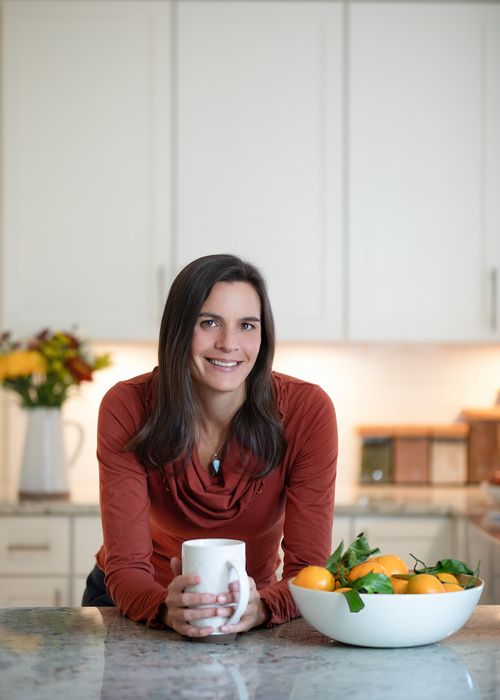
About the Author
Alissa Segersten, MS, CN
Alissa Segersten, MS, CN, is the founder of Nourishing Meals®, an online meal-planning membership with over 1,800 nourishing recipes and tools to support dietary change and better health. As a functional nutritionist, professional recipe developer, and author of The Whole Life Nutrition Cookbook, Nourishing Meals, and co-author of The Elimination Diet, she helps people overcome health challenges through food. A mother of five, Alissa understands the importance of creating nutrient-dense meals for the whole family. Rooted in science and deep nourishment, her work makes healthy eating accessible, empowering thousands to transform their well-being through food.Nourishing Meals Newsletter
Email updates.
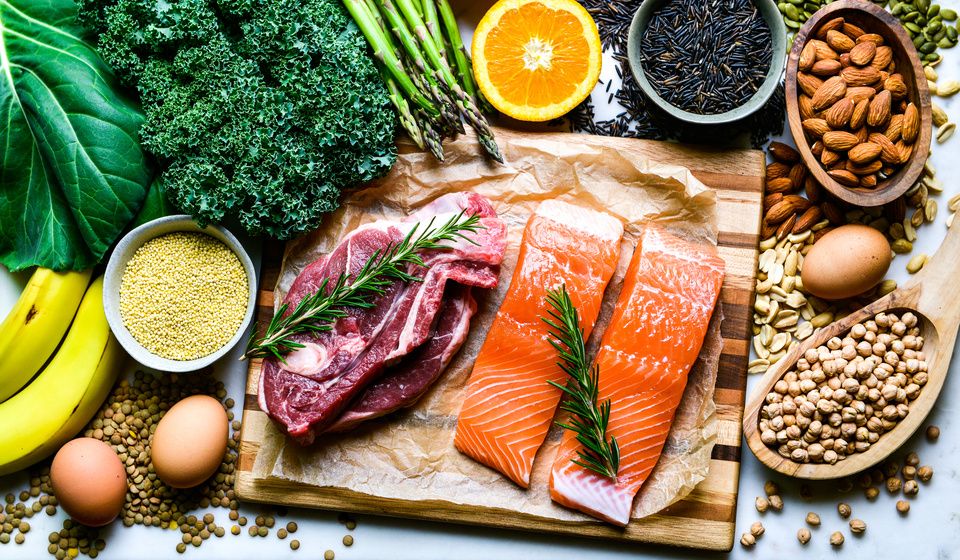
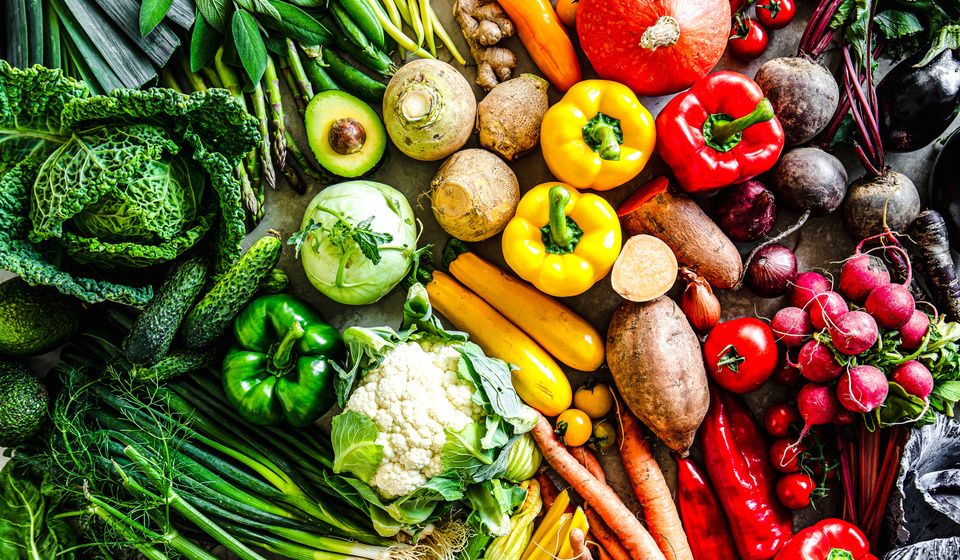
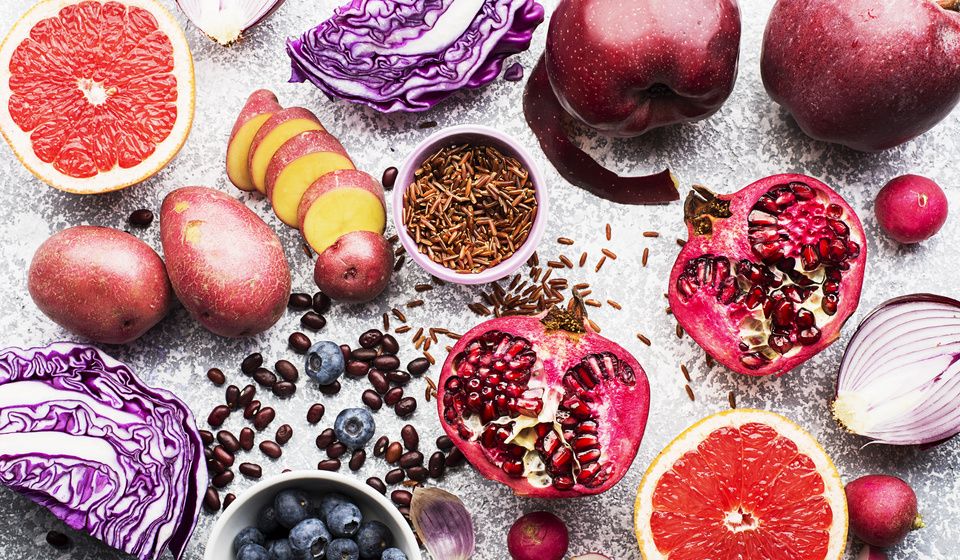
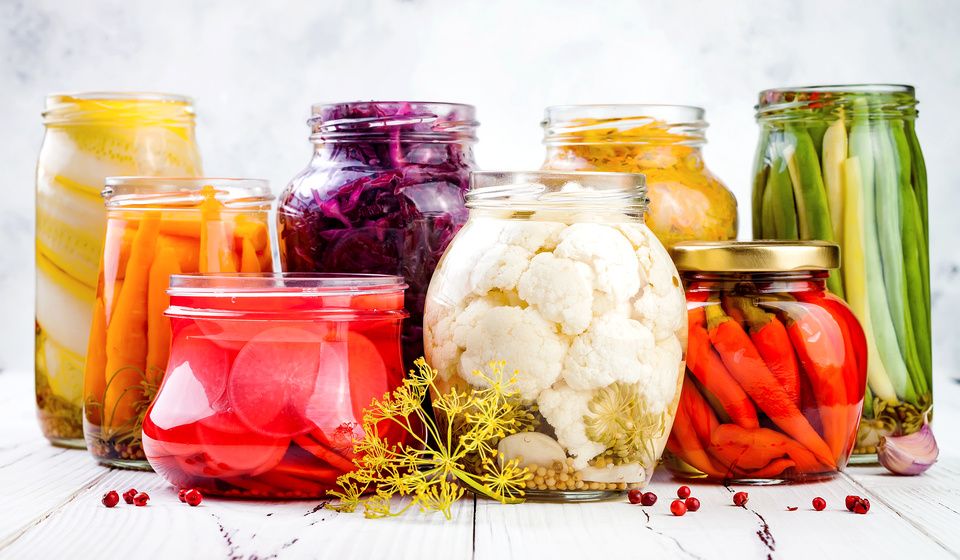
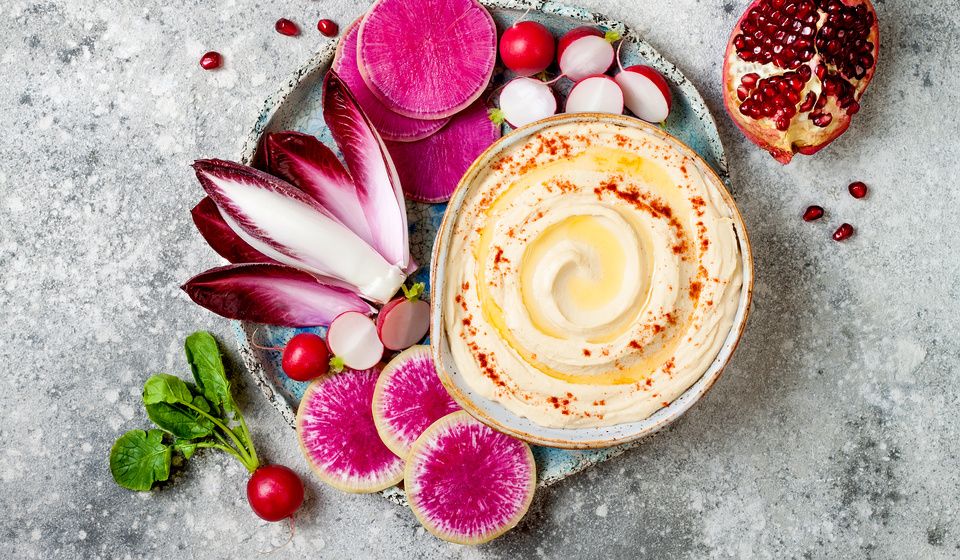

Add Comment
Comments
I would like to thank you…
I would like to thank you Alissa for all of your hard work and kind thoughts. Trying to keep the rest of us on track. I have followed you since The Elimination Diet days. I am a senior and participate less these days in the kitchen, however, my cooking days are not behind me yet! Thanks again for all you do. Bless you and your beautiful children. Happy New Year. Gail McCormack